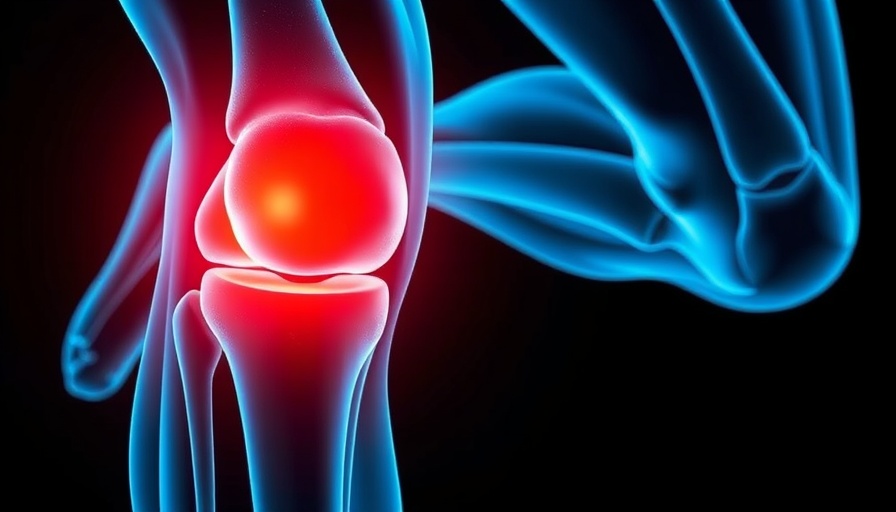
The Hidden Risks of X-Rays in Osteoarthritis Diagnosis
As knee osteoarthritis continues to afflict millions, routine x-rays, commonly used as a diagnostic tool, often do more harm than good. While imaging may provide some insight into joint health, the psychological impacts can lead patients down a troubled path, particularly when considering treatment options. New research indicates an alarming trend: exposure to x-ray images can heighten anxiety and fear of movement among patients, leading them to believe that surgery is their only recourse. Such decisions, driven largely by misunderstanding and fear, can ultimately result in unnecessary procedures that carry significant risks and costs.
Understanding Knee Osteoarthritis: Beyond the Basics
The joint pain associated with knee osteoarthritis arises from a complex interplay of bodily responses. Unlike common assumptions that this condition is merely a result of wear and tear, studies reveal that structural changes seen in x-rays do not necessarily correlate with pain severity or disability. In fact, patients with minimal joint changes might experience intense pain, while others with significant deterioration report less discomfort. This misalignment emphasizes the necessity of moving conversations about osteoarthritis beyond simplistic visual assessments.
Alternatives to X-Rays: More Effective and Less Stressful Options
For those grappling with osteoarthritis, there are numerous effective management strategies that do not involve exposure to potentially unsettling x-ray imagery. Current guidelines advise general practitioners (GPs) to lean on comprehensive clinical diagnoses focusing on a patient's medical history and symptomatology. This shift not only alleviates the psychological burden associated with imaging but also substantially reduces healthcare costs—considering that osteoarthritis imaging consumes over A$100 million annually in Australia alone.
The Financial Implications of Routine Imaging
Financially, the burden of excessive imaging is staggering. The costs incurred from unnecessary x-rays and the corresponding surgeries can contribute significantly to healthcare system strains. In 2020-21, joint replacement surgeries alone accounted for A$3.7 billion in associated hospital services costs, highlighting the dire need for effective alternatives to surgery. Emphasizing conservative management—such as patient education, targeted exercises, and weight management—could free up resources and allow for more tailored patient care.
Thinking Beyond Surgery: A Patient-Centered Perspective
The perception that surgery is the only viable solution for osteoarthritis is deeply ingrained in patient mindsets. However, successful management can often come from conservative treatments. Non-surgical approaches, including lifestyle changes and appropriate medications, may significantly improve quality of life without subjecting individuals to the potential complications associated with surgical procedures. There needs to be a cultural shift in how both healthcare professionals and patients frame the narrative concerning knee osteoarthritis, focusing on empowerment and informed decision-making.
Shifting Perspectives: The Role of Healthcare Providers
Healthcare providers play a critical role in shaping the treatment landscape for osteoarthritis. By adopting a more holistic view—one that prioritizes understanding patients' fears and educating them about their condition—providers can cultivate an environment that promotes non-invasive treatment options. Engaging patients through effective communication can mitigate anxiety and pave the way for more positive health outcomes.
Final Thoughts: Questioning the Status Quo
Ultimately, the shocking findings regarding routine x-ray usage and its impact on treatment decisions should act as a clarion call for both patients and providers. By questioning the necessity of such imaging and focusing instead on patient-centric approaches, it is possible to not only improve outcomes but also enhance the overall healthcare experience. Empowering patients with information and alternatives can diminish the reliance on surgeries while fostering better long-term health management.
 Add Row
Add Row  Add
Add 




Write A Comment